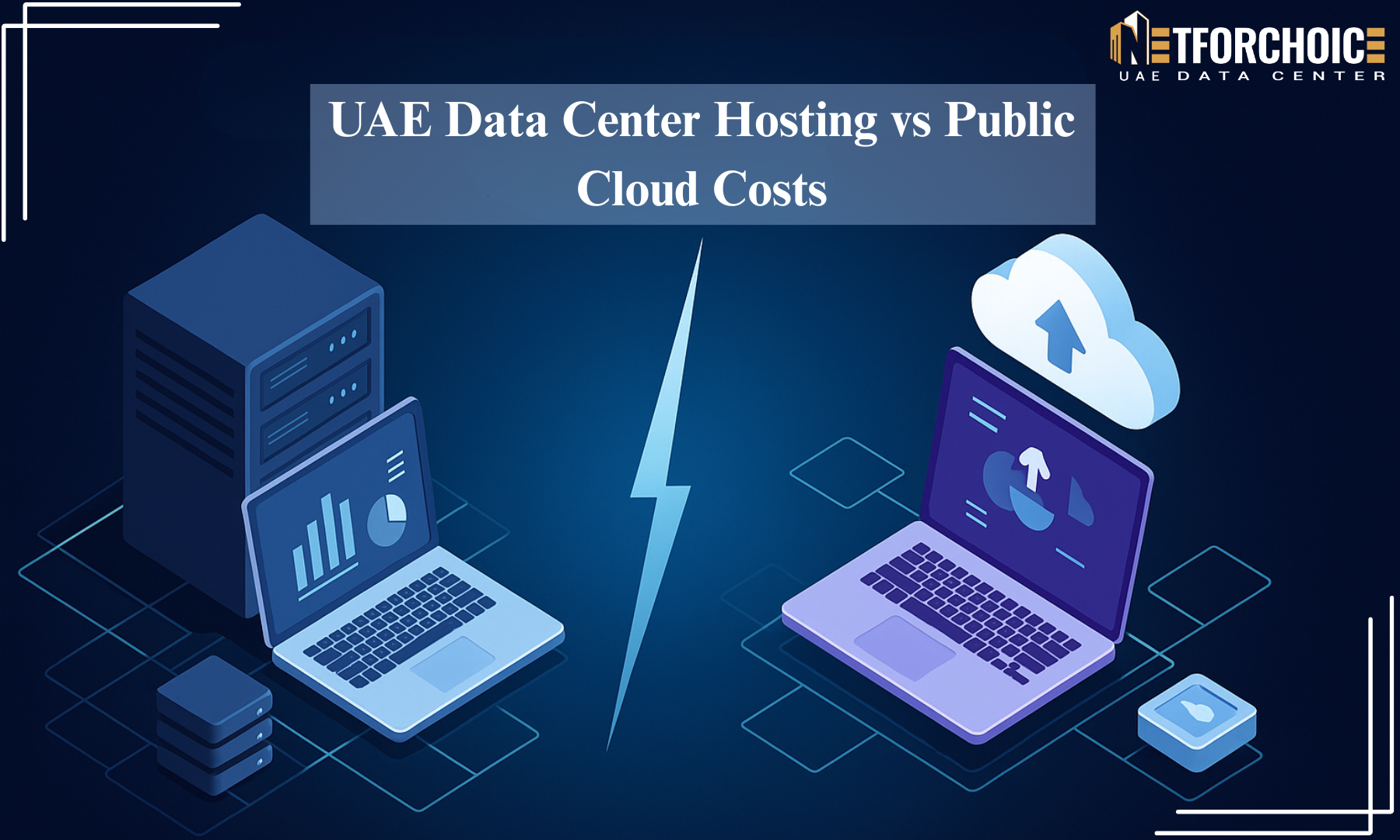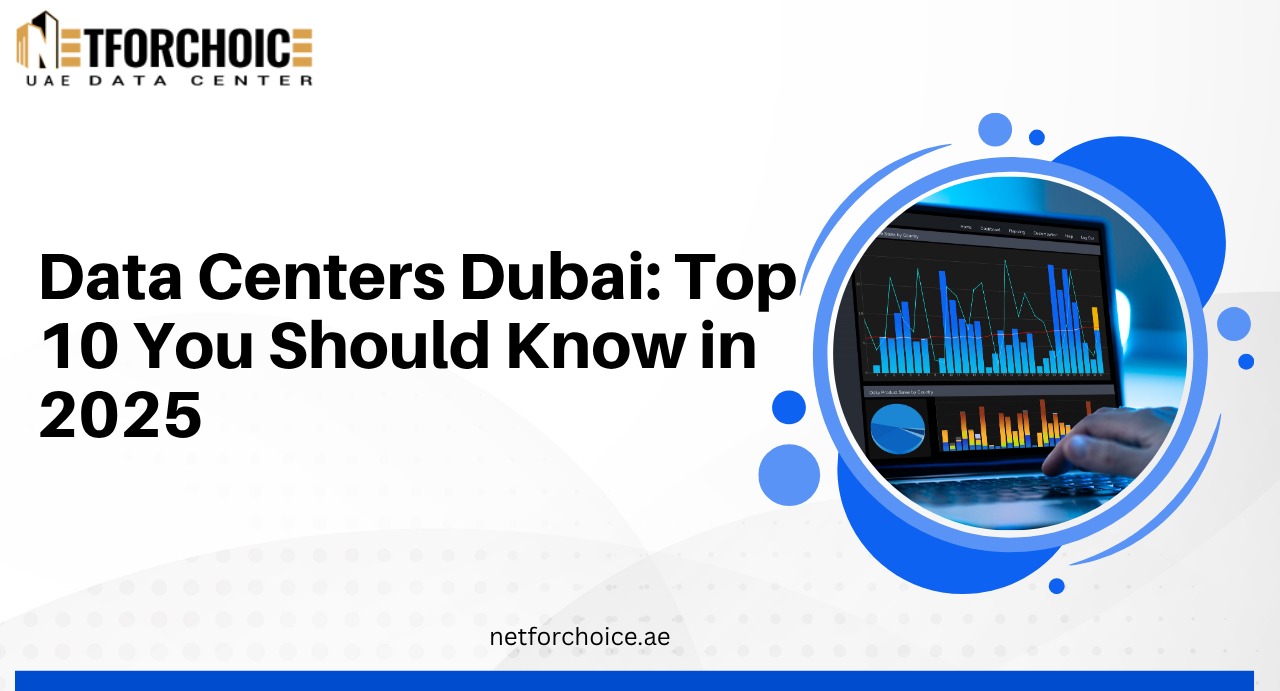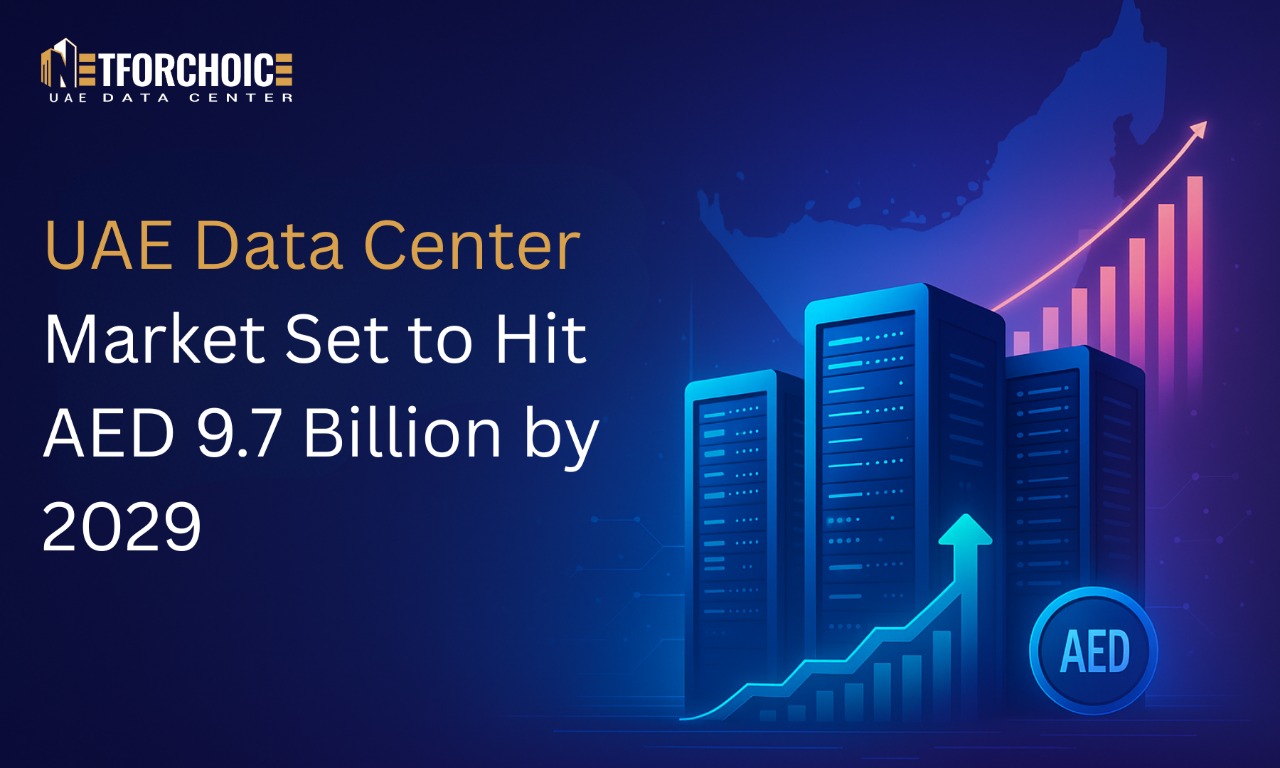UAE Data Center Hosting vs Public Cloud Costs

Businesses are need to take an important decision in this digital world: should they invest in an on-premises data center or move their operations to the cloud? This decision is about more than just technology; it has a direct impact on a company’s budget, scalability, and long-term growth. To make the best decision, it’s crucial to know the costs associated with both on-premises data center and cloud options, as each comes with its own unique benefits and challenges.
Why Cost Awareness is Key for UAE Data Center Hosting and Public Cloud
When choosing between an on-premises data center and cloud-based services, businesses must evaluate costs in terms of both capital expenditures (CapEx) and operational expenditures (OpEx). A good understanding of these prices enables businesses to align their IT strategies with their financial goals, avoid paying more for resources, and make sure that their infrastructure grows with their needs.
What’s the Difference Between? CapEx vs. OpEx
A traditional data center typically requires significant upfront capital investments. Businesses need to buy hardware, networking equipment, cooling systems, and security infrastructure. All of which fall under CapEx. This large initial investment can strain budgets, especially for smaller businesses.
On the other hand, cloud services operate on a subscription or pay-as-you-go model, which is categorized as OpEx. Cloud solutions provide the advantage of shifting from a large initial investment to predictable monthly costs, which can be easier to manage. However, if not monitored carefully, long-term cloud costs can surpass the cost of owning an on-premises data center.
Scalability and Flexibility
Scalability is the key factors when choosing between a data center in Dubai and the cloud Services in Dubai. Increasing an on-premises data center needs adding hardware, increasing electricity consumption, and possibly expanding structure. This can lead to long procurement cycles and higher costs, especially if businesses need to overprovision to account for future growth.
Cloud service providers provide dynamic scalability to support business expansion. Businesses can scale up or down instantly, and without the need for large upfront infrastructure investment. Though, quick scaling can have hidden costs unless tracked and monitored with utmost care.
Maintenance, Staffing, and Hidden Costs
It would be like an individual data center with 24 hours guard. Maintenance costs include hardware and software maintenance, cooling, power and physical security. These costs accumulate as the infrastructure ages, raising the cost of ownership.
Moreover, on premise IT guys (Onsite) need to support operations, troubleshoot for problems, ensure high uptime. The financial burden extends to the cost of well-trained labor force—salaries, training, and retention.
Cloud providers manage most of these tasks, minimizing the requirements for internal management. Yet, companies may still need cloud architects and administrators to streamline cloud use and prevent cost overruns.
Compliance and Security Costs
Security and compliance expenses are quite different for on-premises and cloud infrastructures. Data centers on premises provide companies complete control over security protocols and practices but also imply high expenditures in cybersecurity solutions, and audits. Expenses can be very high in industries that have strong data protection standards.
Cloud providers typically offer built-in security features and industry certifications, but businesses must evaluate whether the cloud provider’s security offerings meet their needs.
Also, cloud services can possess sneaky charges on data transfer, redundancy, and disaster recovery.
Making Cost-Informed IT Decisions
Choosing between data centers and cloud depends upon a clear understanding of all the costs involved. Companies need to make their present and future requirements clear, determine the total cost of ownership (TCO), and find out which one offers the most cost-effective long-term option. This will make them optimize expenditure, enhance efficiency, and foster business growth.
Key Factors Influencing the UAE Data Center vs. Cloud Decision
Several factors influence a company’s choice between a data center and the cloud. Understanding these factors is crucial for making a sound decision:
1. Data Security, Compliance, and Privacy
Security and compliance are paramount in verticals dealing with sensitive information. While on-premises data centers offer complete control for security and compliance, cloud vendors offer more security capabilities and certifications. Enterprises will have to critically evaluate whether the shared responsibility model of cloud will offer enough data protection.
2. Latency, Performance, and Reliability
High-performing apps, such as the streaming video, real-time trading platform, and IoT analytics, require low latency. For those cases, the on-premises data center or edge computing would be a better choice. Cloud providers have improved significantly in lowering latency, yet companies with high performance demands might still have to depend on an in-house solution.
3. Short-Term vs. Long-Term Expenses
On-Premises data centers are costly with respects to the initial investments and hence not attractive to organizations with low budget. However, over time, cloud computing could be more expensive due to periodic subscription fees, e.g. for mass data transfer or longer storage.
4. Customization and Control
Companies with very specific infrastructural needs that require more control over custom-built applications may appreciate the control and customization of on-premises data centers. On-demand services, while adaptive, may not deliver the same grades of customization in network and hardware configurations.
5. Disaster Recovery, Redundancy, and Business Continuity
Maintaining business continuity necessitates a good disaster recovery (DR) plan. Cloud vendors provide inherent redundancy and DR capabilities, thus enhancing high availability for businesses. For on-premises data centers, redundancy and DR need considerable additional investments.
Making the Right Decision
The right decision between an on-premises data center and cloud services depends on several key factors, including security needs, performance requirements, cost structure, and business continuity. Businesses should carefully analyze their long-term IT goals, scalability, and regulatory obligations before making a final decision.
Conclusion
It is not an either/or decision between a legacy data center UAE and cloud services UAE. Companies must weigh their security, compliance, performance, and cost needs. Data centers give them more control and customization but require high capital expenditures and maintenance costs.
Cloud services offer flexibility and scalability but can become costly in the long run. By recognizing the cost trade-offs and structures, companies can choose the solution that most closely supports their goals, facilitating long-term growth as well as operational efficiency.


